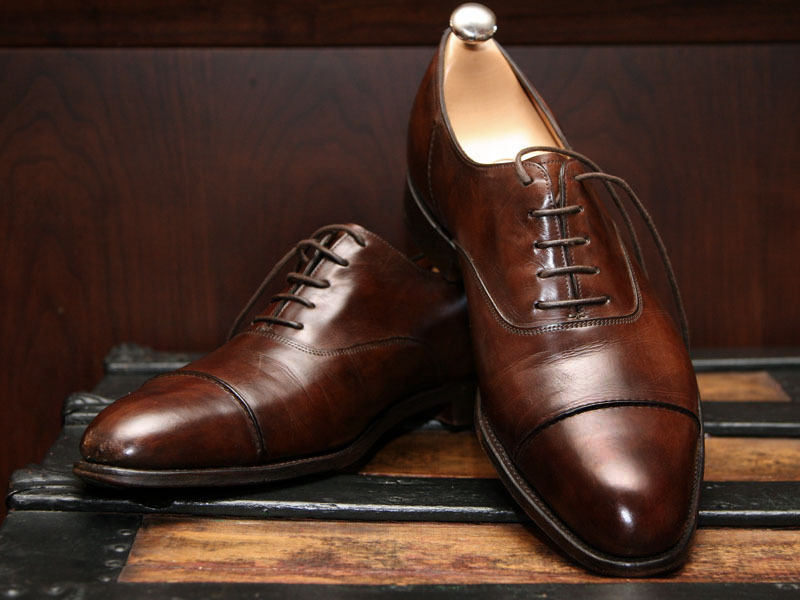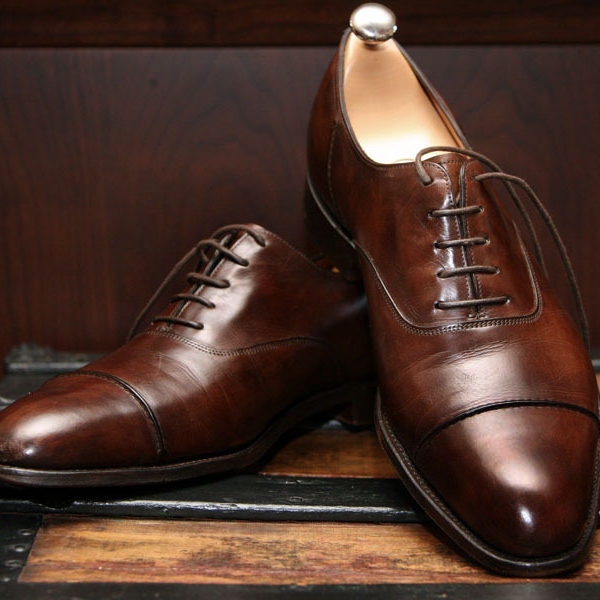
… sometimes shop for shoes. That’s because “unusual” sizes are often discounted the most during sale season (or, comparably, end at the lowest prices on eBay). Most people have fairly standard sized feet, but did you know you can fiddle with your shoe size and still find things that fit you? To understand how this works, you have to know something about width measurements.
Shoes come in two measurements – the length and the width. The length is usually a number and the width is an alphabetic letter. My own shoe size, for example, is 9D in the US and 8E in the UK (UK sizes are typically one size down from US sizes). The letters D and E here mean a standard width for someone with a size 9 or 8 length foot.
However, the term “width” is a bit of a misnomer. On face value, it measures the width at the ball of your foot. But this isn’t the only thing that changes when you size up or down in width. As is the nature of “grading” in ready-to-wear, changing the size of one measurement will increase the size of everything else as well, so that proportions are maintained. Just as when you size up on a shirt collar and get a fuller torso and chest, sizing up in width will actually increase the overall volume of the shoe. That is, the overall circumference around the ball of the shoe increases. You can see this demonstrated in these charts. In this way, it’s perhaps most accurate to think of width as “fittings.” Size up a width, and the circumference at the ball of the shoe increases, thus increasing volume. Size down a width, and the circumference shrinks, thus decreasing volume.
Sometimes, width doesn’t even mean increasing the width at all. It might only mean increasing the circumference and volume. Many, if not most, manufacturers use the same sole pattern for at least two widths. So for the “smaller” width, the last – which is the wooden form that a shoe’s leather is pulled over in order to take a certain shape – gets shallower, not narrower. In these cases, width only measures volume, not actual width.
Knowing this, you can adjust your shoe sizing and still find something that will fit. Size up a width and down a length to get the same volume; or size down a width and up a length to do the same. Last year, for example, I really wanted a certain pair of black oxfords, but my usual size in this model (8E) always sells out during sale season. So, I sized down to a 7.5 and increased the width to an EE (which in the UK is the slightly bigger size than E). Few people are shopping for a size 7.5EE, so I was able to snag a perfectly fitting pair at a good discount.
I’m reluctant to say this trick will always work, but as of yet, I’ve never found a case where it hasn’t for me. So, if given the opportunity to shop for wider or narrower shoes, sometimes give them a try, and just adjust your length sizing. You might find something on steep discount that still fits you well.
* Many thanks to Rolf Holzapfel for help with this post.
